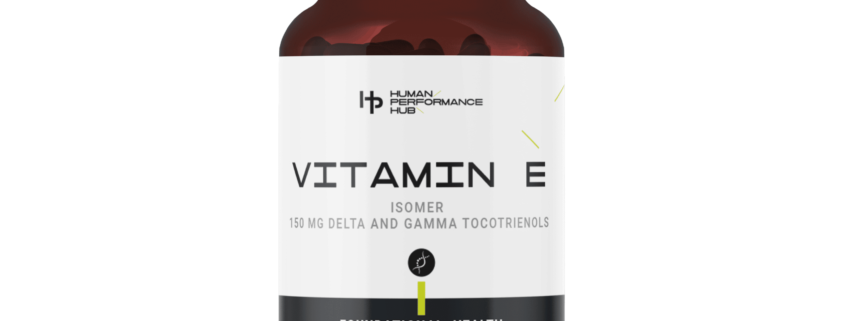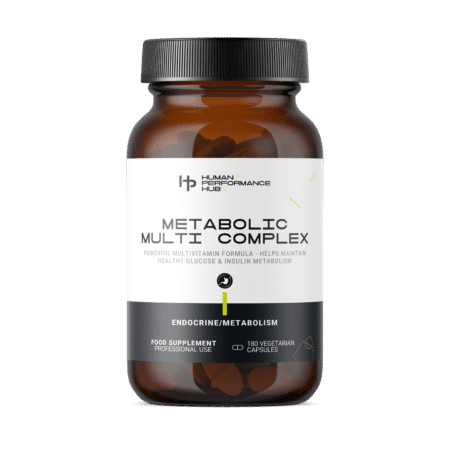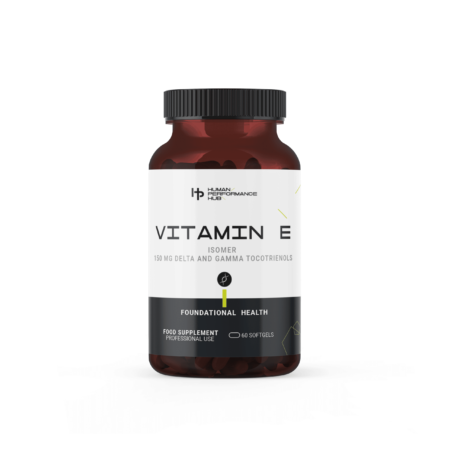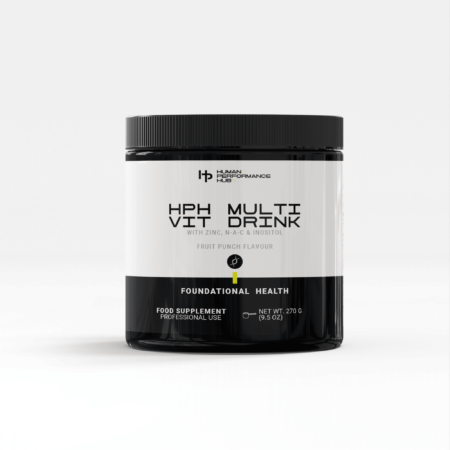
Vitamin E is not a single nutrient, but rather a complex made up of eight distinct compounds: four tocopherols and four tocotrienols. These components have slightly different chemical structures, and these differences impart unique properties that influence their biochemical functions and their effects in the body.
Most conventional supplements are typically rich in tocopherols — alpha-tocopherol, significantly — but the tocotrienol fractions have unique effects across various tissues that make them desirable to supplement on their own without tocopherols.
Rich vitamin E sources include whole grains, such as wheat (especially wheat germ), rice, barley, oats, corn, select leafy green vegetables, and palm fruit. Most of these foods, however, are higher in tocopherols than tocotrienols. The richest known source of naturally occurring tocotrienols is annatto, derived from the seeds of a tree native to Latin America. Annatto is virtually free of tocopherols and contains nearly 100% tocotrienols, all in the most potent forms. The tocotrienols in this product are sourced from annatto, so they’re exclusively tocotrienols.
- Display 15 Products per page





